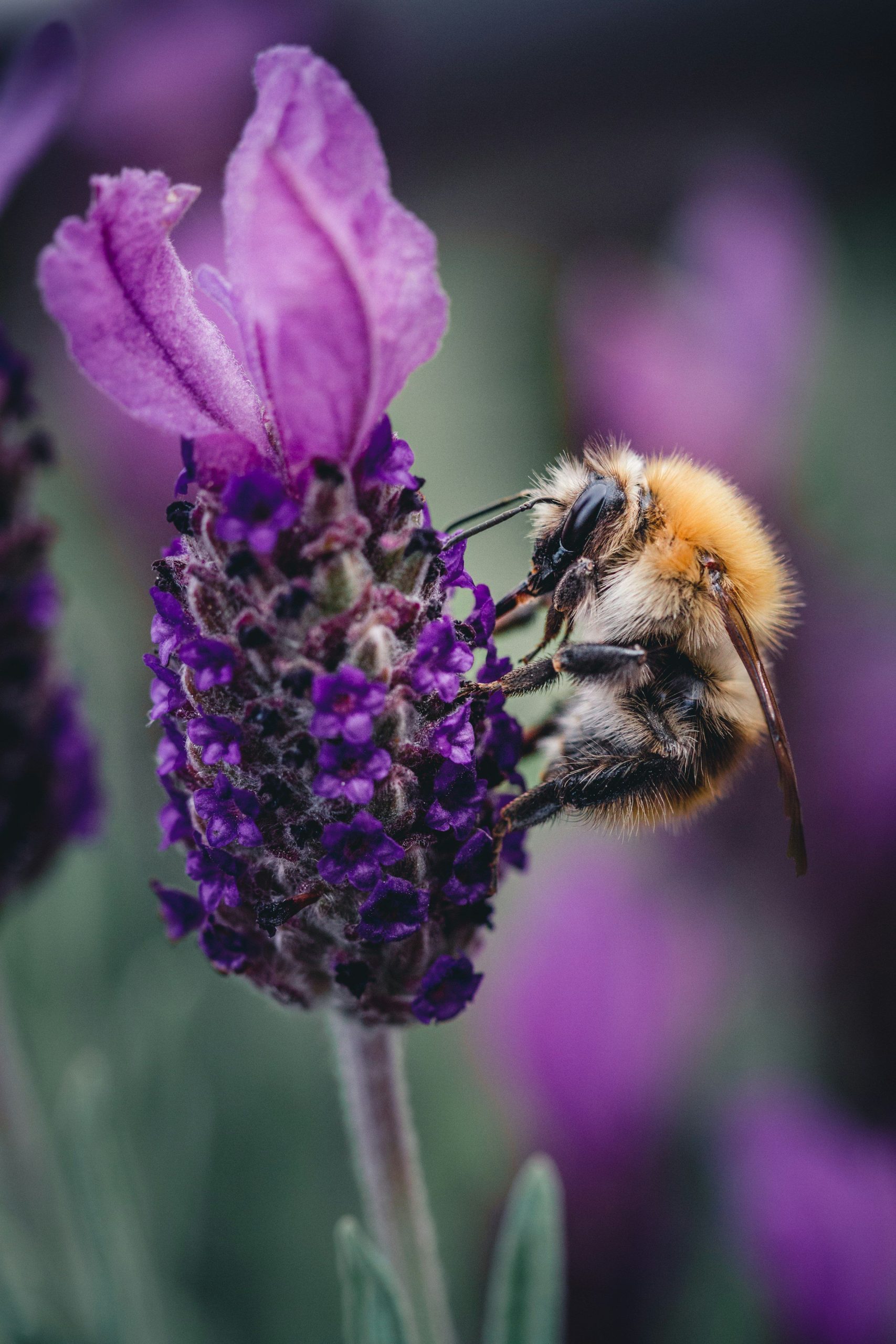In today’s fast-paced gaming world, the demand for authentic and immersive wildlife simulation games is higher than ever. Gamers crave realistic experiences where they can interact with lifelike animals that behave just like their real-world counterparts. This increasing desire for authenticity has pushed game developers to explore advanced technologies like artificial intelligence (AI). By leveraging AI, developers can create more lifelike animal behaviors, enhancing the overall gaming experience. This article will dive into how AI can be used to design realistic animal behaviors in wildlife simulation games, providing game developers with insights and techniques to elevate their creations.
The Role of Machine Learning in Game Development
Machine learning is at the forefront of revolutionizing game development. By using machine learning algorithms, developers can analyze vast amounts of data to predict and simulate animal behaviors more accurately. From the way animals move to their decision-making processes, machine learning offers a robust framework for creating nuanced and dynamic wildlife simulations.
Also to discover : What are the best strategies for implementing real-time hair physics in character-driven games?
In wildlife simulation games like "Red Dead Redemption 2," the game developers have utilized machine learning to enhance the behaviors of various animals. These animals react to player actions in real-time, providing a more realistic and interactive gaming experience. For example, deer might flee when they hear gunshots, while predators hunt their prey based on environmental cues. These behaviors are not pre-programmed but are instead based on patterns derived from extensive data.
Furthermore, machine learning allows for continuous improvement. As more players interact with the game, the AI can learn from these interactions and refine the animal behaviors even further. This dynamic adaptation ensures that the game remains engaging and realistic over time.
Have you seen this : How can developers use AI to generate realistic crowd reactions in sports simulation games?
Leveraging Artificial Intelligence for Realistic Wildlife
Artificial intelligence is a game-changer in creating lifelike animal behaviors. By simulating cognitive processes, AI enables animals in video games to exhibit more complex and believable actions. This goes beyond simple movement patterns and delves into behaviors like hunting, migrating, and interacting with other animals or NPCs (non-playable characters).
For instance, in wildlife simulation games, AI can be programmed to replicate predator-prey relationships. A lion’s hunting behavior can be modeled to include stalking, ambushing, and chasing prey, making the encounter feel authentic. Similarly, herbivores can be programmed to graze, flee from predators, and migrate based on seasons or food availability.
AI also allows for the creation of social structures within animal groups. Elephants, for example, can be programmed to protect their young, mourn their dead, and follow a matriarch. These behaviors add depth to the gaming world and offer players a richer, more immersive experience.
Moreover, AI can help in creating individualized animal personalities. Just like humans, animals can have distinct traits and preferences. Some might be more aggressive, while others are timid. These variations make each encounter unique and unpredictable, enhancing the overall gaming experience.
Integrating Real-Time Data for Dynamic Wildlife
Incorporating real-time data into wildlife simulation games can significantly enhance the realism of animal behaviors. Real-time data can include weather conditions, time of day, and seasonal changes, all of which influence animal activities. By integrating these variables, developers can create a more dynamic and responsive wildlife ecosystem.
For example, in a game environment using Unreal Engine, real-time weather data can affect animal behaviors. During a storm, animals might seek shelter, while a sunny day could see them out and about, foraging for food. Similarly, nocturnal animals would become active at night, adding another layer of realism to the game.
Seasonal changes can also be incorporated to simulate migration patterns. Birds might fly south for the winter, and bears could hibernate during the colder months. These dynamic changes keep the game environment fresh and engaging, encouraging players to explore and interact with the wildlife.
Furthermore, real-time data can be used to simulate life cycles and reproduction behaviors. Animals can grow, reproduce, and eventually die, creating a living, breathing ecosystem. This level of detail makes the game world feel alive and provides players with a more immersive gaming experience.
The Importance of Game Testing and Player Feedback
While advanced technologies like AI and machine learning are crucial, game testing and player feedback are equally important in refining animal behaviors. Continuous testing helps identify and rectify any inconsistencies or bugs, ensuring a smooth and realistic gaming experience.
Game testing involves observing how animals interact with the environment and other characters. Any unrealistic or repetitive behaviors can be adjusted based on these observations. For instance, if players notice that animals are too predictable or exhibit unnatural patterns, developers can tweak the AI algorithms to make the behaviors more believable.
Player feedback is invaluable in this process. Gamers are the end-users, and their insights can provide a fresh perspective on what works and what doesn’t. By actively seeking and incorporating player feedback, developers can create a game that meets the expectations of its audience.
Furthermore, player actions and behaviors can be analyzed to refine the AI algorithms. For example, if a majority of players tend to hunt certain animals more frequently, the game can adapt by making those animals more elusive or changing their behaviors. This continuous loop of feedback and adaptation ensures that the game remains engaging and realistic.
Future Trends in AI and Wildlife Simulation Games
The future of wildlife simulation games is incredibly promising, thanks to ongoing advancements in AI and game development technologies. As AI continues to evolve, we can expect even more sophisticated and lifelike animal behaviors in future games.
One exciting trend is the use of machine learning to create procedurally generated content. This means that instead of pre-programming every aspect of the game, developers can use algorithms to generate unique environments, animals, and behaviors on the fly. This approach not only saves development time but also ensures that no two gaming experiences are the same.
Another trend is the integration of augmented reality (AR) and virtual reality (VR) to create even more immersive wildlife experiences. Imagine walking through a virtual forest where animals behave just as they would in the wild, all thanks to advanced AI. These technologies can provide a deeper level of interaction and engagement, making the gaming experience unparalleled.
Moreover, the increasing availability of real-time environmental data will allow for even more dynamic and responsive wildlife ecosystems. Developers can use this data to simulate everything from climate change effects to natural disasters, adding another layer of realism to their games.
In conclusion, the use of AI and machine learning in wildlife simulation games offers endless possibilities for creating more lifelike animal behaviors. By leveraging these technologies, integrating real-time data, and continuously refining through game testing and player feedback, developers can create truly immersive and realistic gaming experiences. The future of wildlife simulation games is bright, and the potential for innovation is vast.
In the quest to create more lifelike animal behaviors in wildlife simulation games, developers have a powerful ally in artificial intelligence and machine learning. These technologies allow for the design of intricate and dynamic animal behaviors that react in real time to player actions and environmental factors. By integrating real-time data and continuously refining through game testing and player feedback, developers can create immersive and realistic gaming experiences that captivate and engage players.
As we look to the future, the potential for even more sophisticated and lifelike wildlife simulations is immense. From procedurally generated content to the integration of VR and AR, the gaming industry is on the brink of a new era in wildlife simulation. By embracing these advancements, developers can create games that not only entertain but also educate and inspire a deeper appreciation for the natural world.
By understanding and utilizing AI to its fullest potential, you can create wildlife simulation games that are not only visually stunning but also rich in realistic animal behaviors. This new frontier in game development promises to deliver gaming experiences that are as close to reality as possible, offering players an unparalleled journey into the wild.











